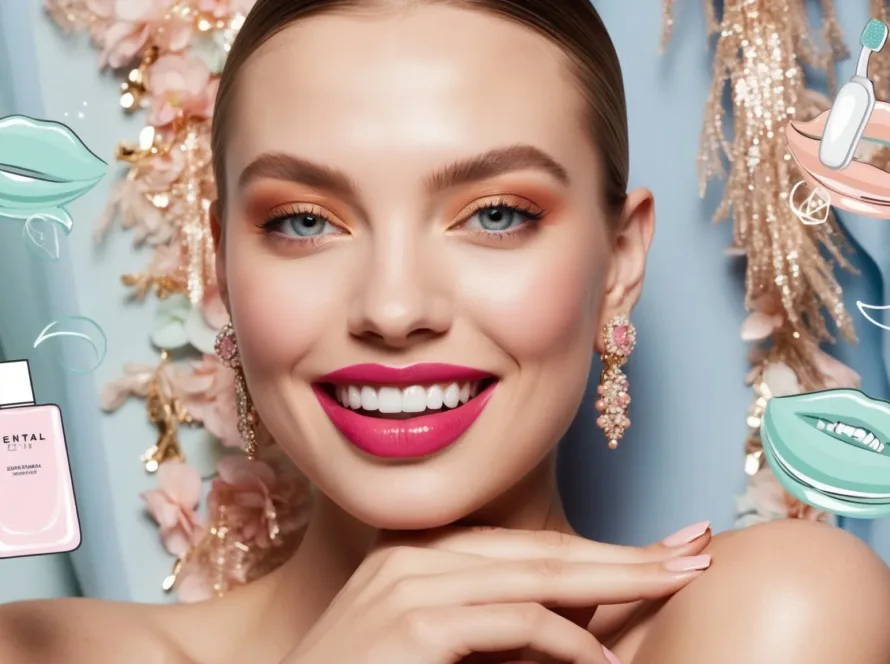Patients often ask about zirconia vs porcelain crowns and whether one lasts longer. The short answer: zirconia generally wins for durability, especially on back teeth where bite forces are highest. But the best choice also depends on where the crown sits, how you bite, and how you care for it—factors that can narrow the gap between materials.
How Zirconia and Porcelain Crowns Wear Over Time
Zirconia is a type of ceramic known for exceptional fracture toughness. In its monolithic form (milled from a single block), it resists cracking and chipping better than most traditional porcelains. Porcelain crowns, by contrast, is a broad term that includes lithium disilicate (often known by the brand e.max) and porcelain fused to metal (PFM). These options can look highly natural and perform well, but they’re more prone to veneer chipping or cohesive fractures under heavy load. In high-stress zones like molars, zirconia tends to outlast porcelain.
As years pass, each material fails in characteristic ways. Monolithic zirconia rarely fractures; when problems occur, they’re often related to the margins (decay at the edge, cement washout) rather than material breakage. Layered or veneered zirconia can chip at the porcelain layer, though this is less common than with older PFMs. Porcelain and lithium disilicate deliver beautiful translucency, but they can chip or develop microcracks if subjected to grinding, misaligned bites, or sharp opposing cusps. In general, you can expect well-made zirconia crowns to exceed a decade with high survival rates, while quality porcelain crowns often last 10–15 years when properly indicated and maintained.
Wear on opposing teeth is another angle. Highly polished zirconia is surprisingly kind to natural enamel; it’s the surface finish that matters. A smooth, polished zirconia surface tends to wear opposing teeth less than a rough or merely glazed porcelain surface, because glaze can wear off and leave a rougher underlying texture. Porcelain can be more abrasive over time if it becomes rough, especially after adjustments. Keeping crown surfaces well-polished during and after adjustments helps minimize wear on the tooth it bites against, regardless of the material.
Care Tips to Maximize Crown Lifespan and Value
Daily care is your first line of defense. Brush twice a day with a soft brush and a low-abrasive fluoride toothpaste; floss or use interdental brushes to keep margins clean where decay often starts. If you like whitening, use non-abrasive options to avoid roughening the crown surface. Avoid chewing ice, biting pens, or opening packages with your teeth—those point-loads are classic crown killers, especially for porcelain.
Protect your bite if you clench or grind. A custom night guard can dramatically reduce chipping, cracks, and wear on both the crown and opposing teeth. Schedule regular checkups so your dentist can refine any rough spots after adjustments or occlusal changes; a quick repolish can prevent long-term abrasion. If you have acid reflux or sip acidic drinks frequently, manage those habits—acid can soften cement margins and increase decay risk around the crown.
Choose the right material for the right spot to get the best value. For high-force molars or patients with bruxism, monolithic zirconia typically offers the longest service life. For front teeth where light transmission and lifelike esthetics matter most, lithium disilicate or layered ceramics may be preferable, provided your bite and habits are compatible. Technique matters, too: proper preparation, bonding/cementation, and occlusal design by an experienced dentist often determine whether a crown lasts 5 years or 15+. With the right pairing and good maintenance, both zirconia and porcelain can deliver excellent longevity—but zirconia generally leads for pure durability.
If your top priority is maximum longevity—especially on molars—zirconia typically lasts longer than porcelain thanks to superior fracture resistance and favorable wear when properly polished. Porcelain still shines for front-tooth esthetics and can be very durable in the right case. Work with your dentist to match the material to your bite and esthetic goals, and protect your investment with consistent hygiene, routine checkups, and a night guard if you grind.


